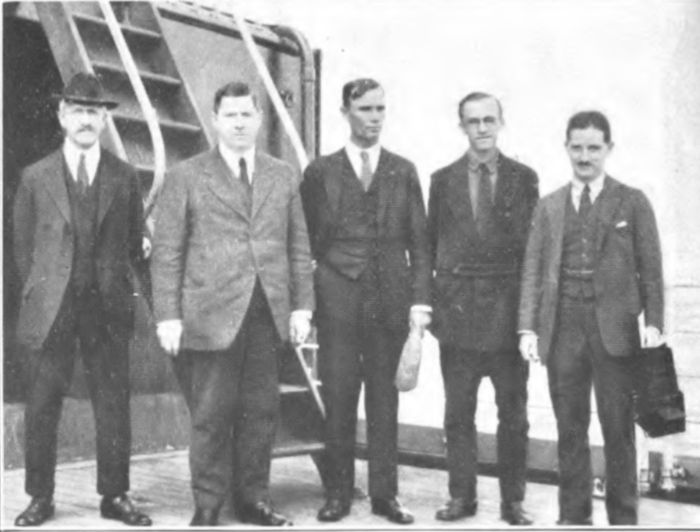Mummies in Georgia (12)
|
Atlanta
Emory University Michael C. Carlos Museum 571 South Kilgo Circle Atlanta, GA 30322 Phone: 404-727-4282 Fax: 404-727-4292 So now we come to the largest collection of ancient art in the southeastern United States. Tracing the history of the amazingly vast collection of antiquities, especially Egyptian objects, that is the Michael C. Carlos Museum at Emory University, is like following the course of two extremely disparate streams which converge to form one great and magnificent river. The headwaters of the first are in 1919, inspired by religious faith and the scientific method. Dr. William Arthur Shelton of Emory's Candler School of Theology was invited by the Egyptologist, James Henry Breasted of the University of Chicago to join three other scholars on his "American Scientific Mission" to Egypt and the Near East. On this expedition Dr. Shelton would pass through the great biblical venues of the long ago, and later write a travelogue of that hardscrabble post-war oriental world, "Dust and Ashes of Empires." In 1920 he was able to collect 220 Egyptian and Near Eastern antiquities, thanks to the backing of Atlanta cotton merchant, John A. Manget. These antiquities, including three mummies, one of which is the oldest mummy in the western hemisphere, sarcophagi, and the cylinder of Nabopolassar joined objects already donated by a Methodist missionary twenty-six years earlier in Bishop Candler's newly reorganized Emory University Museum. Shelton's collection became the core of what Atlantans of the 1960's would refer to as the "Mummy Museum." The other stream of objects begins far to the north at Niagara Falls with an Englishman, the Barnum-like figure, Thomas Barnett. The Niagara Falls Museum which was tailored more to thrill and titillate the tourists opened its doors in 1827, displaying a good deal of taxidermy and a bewildering array of curiosities. It was wildly popular and was even visited by Lincoln, Grant, the Prince of Wales, and P.T. Barnum himself. The prevailing Egyptomania of those days was also not lost on Barnett, and in 1857 he sent his son Sydney on the first of three buying trips to Egypt. By his last trip in 1861 he had collected four mummies along with many other antiquities. The public, however, is a fickle mistress, and in 1878 the museum went bankrupt. The collections and museum were sold to long-time rival, the notorious Saul Davis.
Davis added to the Barnett material with items from Wood's Chicago Museum which reportedly included five mummies. Through the years the museum moved back and forth across the border several times. In 1887 it was on the American side. In 1942 it was sold to the Shermans who moved it back to the Canadian side in 1958. The Museum finally was forced to close in 1999. Soon after its stream of Egyptian objects joined the Carlos Museum. Thanks to many spontaneous donations, massive community support and the tireless efforts of the then Curator of Ancient Art, Dr. Peter Lacovara, it is now the Charlotte Lichirie Collection of Egyptian Art at the Michael C. Carlos Museum, and a showpiece in Atlanta.
|
Old Kingdom Mummy collected by William Arthur Shelton in 1921.
In storage for 90 years it has been meticulously conserved by a team at the Carlos. The oldest Egyptian mummy in the Western Hemisphere. Video: Conservation of Emory's Old Kingdom Mummy Coffin, Coffin Board and mummy of Tahat Ramesses I, The Search For the Lost Pharaoh Late Ptolemaic mummy name unknown (1921.6) SBL: Nice overview of the history of the Carlos |



